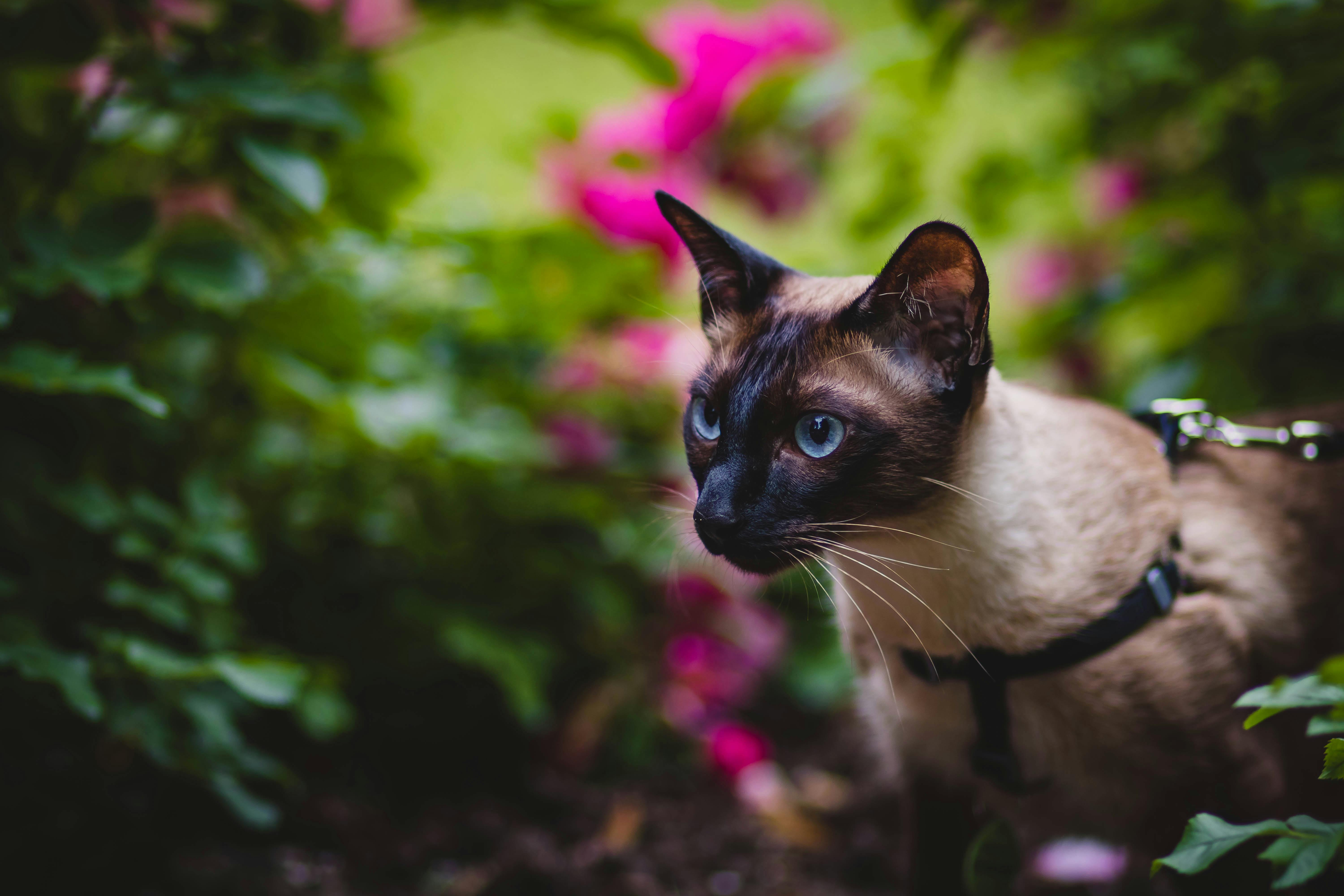Chinese dwarf hamsters, with their long hairless tails, look more like a mouse than a hamster. They belong to a different family of hamsters than Russian dwarf hamsters and are technically not dwarfs. However, they are called dwarf hamsters because of their small size, around 3 to 4 inches long.
These hamsters were often used in research before being displaced by rats and mice. Very shy by nature, they do not socialize as easily as other hamster species but, once domesticated, they are mild-mannered and even temperate. They are not known to bite and bite like other hamsters do.
One thing Chinese dwarf hamsters have in common with Russian dwarf hamsters is their ability to escape traditional cages, the bars of which they can easily break through. It is important to place them in a safe habitat, such as a cage intended for a mouse or an aquarium equipped with a special lid that cannot be gnawed.
In the wild, Chinese Dwarf Hamsters are grayish-brown in color with a black dorsal stripe (a stripe on the back) and an ivory-colored belly. A common color variation seen in captive Chinese dwarf hamsters is called the “dominant spot.” These hamsters are completely grayish-white in color, except for the darker dorsal stripe. A very rare color variant is the black-eyed white, which is a completely white hamster with black eyes. Only a handful of the rare black-eyed whites exist, and they are the sole property of professional hamster enthusiasts.
They are nocturnal, but are active during the day in short bursts of activity. As with all hamsters, it is important to approach them gradually and carefully when they are asleep. A scared hamster will assume that it is being attacked and will respond accordingly.
Like the Syrian hamster, the Chinese Dwarf Hamster is best kept separate as they can turn violent and take part in battles that end in the death of one of the hamsters. Most of these hamsters that are kept as pets are female. Males are used primarily for reproduction and laboratory research. Pairing a male and female in a cage will usually end in the death of the male.
As with all hamsters, it is important to provide adequate bedding. Hay, paper, or aspen bedding will not cause allergies or other complications. Avoid pine or cedar bedding, which is toxic to hamsters, and kitty litter, which can be laden with chemicals. They will appreciate having a clean and tidy home. A weekly cage cleaning and bedding change is standard practice.
They can be fed a mouse or rat mix, or lab blocks supplemented with healthy snacks, such as fruits and vegetables. Never feed a hamster junk food, salty food, chocolates, or other sweets. Vitamins, such as Nutri-Cal, are appropriate supplements. Pregnant Chinese dwarf hamsters will require additional calcium. Bottled water should be provided to minimize spills. Stoneware is recommended as food, as plastic can filter toxins.
These hamsters are difficult to find, as keeping them as pets is restricted in much of the United States. While some states classify the hamster as an exotic pet and require a special license, California has declared these hamsters an absolute pest as they are considered a threat to the agricultural industry.
Non-native animals should never be released into the open, in case they outnumber native fauna. Since there seems to be alarm about these rare hamsters, it is important to be a responsible owner. Remember that many environmental disasters were caused by the accidental release of exotic animals. Gypsy moths and starlings are two dramatic examples of destructive introduced species in the continental United States, as are the mongoose in Hawaii and rabbits in Australia.
The best pet choice for the occasional hamster owner might not be the Chinese dwarf hamster.




Recent Comments